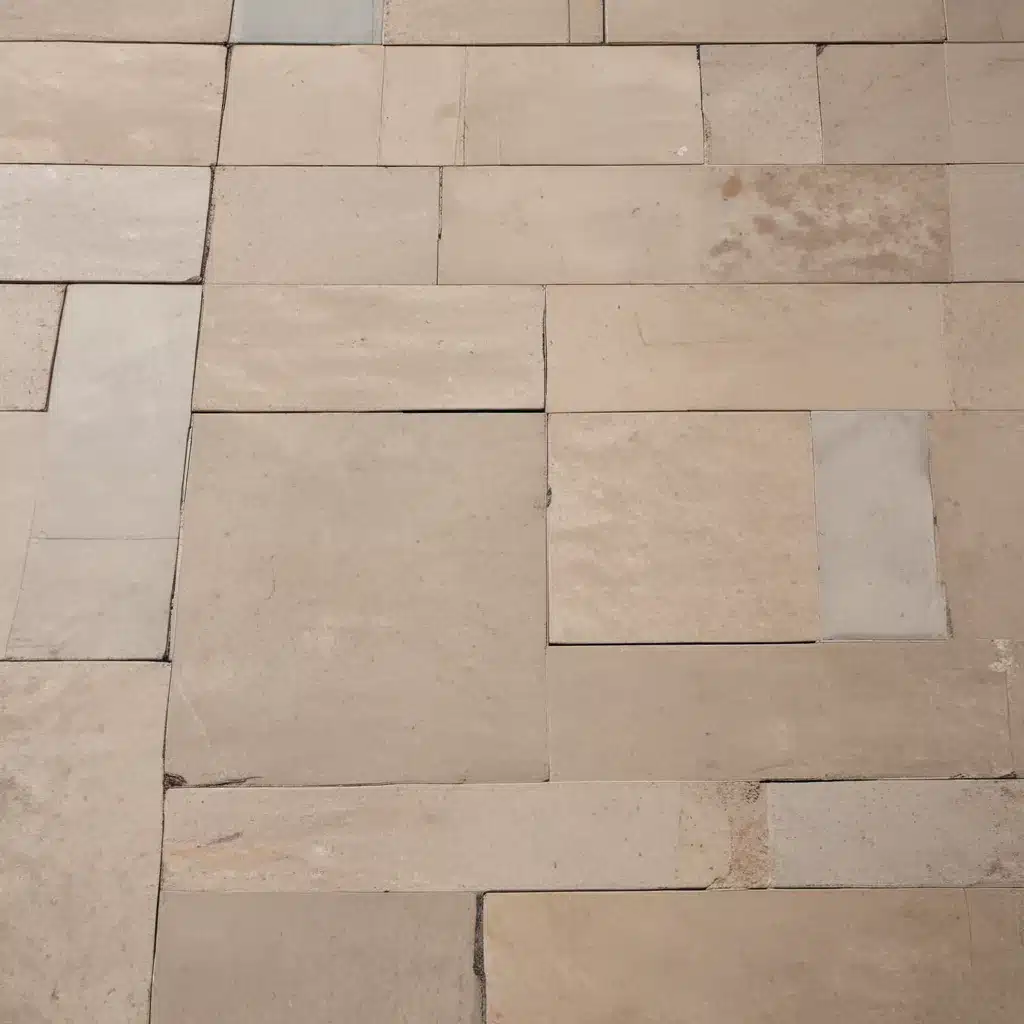
Patio Paving and Sustainability: Eco-Friendly Options for a Greener Future
As an experienced outdoor living consultant, I’m excited to share insights on patio paving, landscape design, and sustainable installation techniques that can help transform your outdoor spaces. In today’s climate-conscious world, eco-friendly patio solutions are in high demand, offering homeowners practical and aesthetically pleasing ways to reduce their environmental impact.
Sustainable Paving Materials
One of the most eco-friendly patio paving options is the use of reclaimed stones or bricks. These materials have been salvaged from old buildings, roads, or construction sites, giving them a unique, rustic charm while preventing them from ending up in landfills. Reusing these materials not only conserves natural resources but also adds character to your outdoor living areas.
Another sustainable choice is permeable pavers. Designed to allow water to seep through the surface and into the ground below, permeable pavers help reduce runoff and replenish the groundwater table. Made from materials like concrete, plastic, or natural stone, these pavers play a vital role in minimizing soil erosion, controlling water pollution, and mitigating flooding. For homeowners seeking to contribute to water conservation efforts, permeable pavers are an excellent option.
Gravel is a versatile and cost-effective paving material that also offers excellent drainage capabilities. Sourced locally, gravel reduces the need for energy-intensive manufacturing processes, making it an eco-friendly choice. Additionally, gravel allows rainwater to penetrate the soil, preventing water runoff and promoting a healthier environment for plants and trees.
Porous asphalt and concrete are engineered with a porous structure, allowing water to pass through the surface. This feature helps recharge groundwater, reduce stormwater runoff, and minimize the heat island effect in urban areas. By selecting porous asphalt or concrete for your patio, you’re actively contributing to the overall environmental health of your community.
Finally, grass pavers, also known as turf pavers, are interlocking plastic grids that provide structural support for grass or gravel. These pavers create a stable surface for walking or driving while allowing grass to grow through them. By integrating greenery into your paved areas, you enhance aesthetics, promote natural cooling, and absorb carbon dioxide, making your home more eco-friendly.
Outdoor Design Ideas
When it comes to designing your outdoor living space, integrating patio paving with sustainable landscaping elements can create a harmonious and environmentally-conscious oasis. Incorporating native plants, which are adapted to the local climate and require less water and maintenance, can significantly reduce your ecological footprint. Strategically placed trees and shrubs not only provide shade and visual interest but also help regulate temperature and absorb carbon dioxide.
Blending your patio design with the overall aesthetic of your home is crucial for achieving a cohesive and visually appealing outdoor living area. Whether you prefer a modern, minimalist look or a more traditional, rustic vibe, eco-friendly patio paving materials can be selected to complement your home’s architecture and landscaping. For instance, natural stone pavers or permeable pavers can seamlessly integrate with a craftsman-style home, while modern porcelain tiles or recycled concrete may suit a contemporary residence.
Patio Paving Installation Techniques
Proper installation is key to ensuring the long-term durability and functionality of your eco-friendly patio. Site preparation is a crucial first step, which may involve grading, drainage improvements, or the creation of a stable base for the paving materials. Depending on the specific paving solution, the installation method may vary, but the goal is always to create a level, well-supported surface that allows for proper water infiltration.
For permeable pavers, the installation process typically involves a layered system of gravel, sand, and the pavers themselves. This design allows water to percolate through the gaps between the pavers and into the ground below, reducing surface runoff and promoting groundwater recharge. Careful attention to the base preparation and compaction is essential for ensuring the long-term performance of permeable paving systems.
Maintaining the eco-friendly features of your patio is just as important as the initial installation. Regular cleaning and inspections can help prevent the buildup of debris or soil that could compromise the permeability of the surface. Additionally, it’s crucial to address any issues, such as uneven settling or cracked pavers, in a timely manner to preserve the integrity of your patio paving.
Cost Comparisons of Eco-Friendly Patio Paving
While the initial cost of eco-friendly patio paving materials may be higher than traditional options, the long-term benefits often outweigh the upfront investment. Permeable pavers, for example, can have a higher per-unit cost compared to standard concrete or asphalt, but their ability to reduce stormwater runoff and minimize the need for drainage infrastructure can result in significant cost savings over time.
Similarly, the use of reclaimed or locally-sourced materials may have a slightly higher price tag, but the environmental benefits and potential for a unique, one-of-a-kind aesthetic can make them a worthwhile investment. Additionally, the reduced need for energy-intensive manufacturing and transportation associated with these materials can contribute to a lower overall carbon footprint.
When evaluating the return on investment for eco-friendly patio paving, it’s essential to consider not only the initial cost but also the long-term maintenance, durability, and environmental impact. By prioritizing sustainability and making informed choices, homeowners can create beautiful outdoor living spaces that positively impact the planet and provide lasting enjoyment.
At Cincinnati Patiopaving, we are committed to helping our clients make sustainable choices for their outdoor spaces. Whether you’re interested in exploring permeable paving solutions, incorporating reclaimed materials, or designing a patio that seamlessly blends with your home’s landscape, our experienced team is here to guide you every step of the way. Contact us today to learn more about our eco-friendly patio paving options and how we can transform your outdoor living area into a green oasis.

